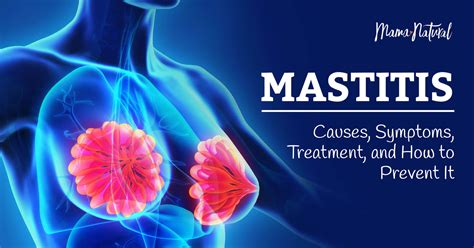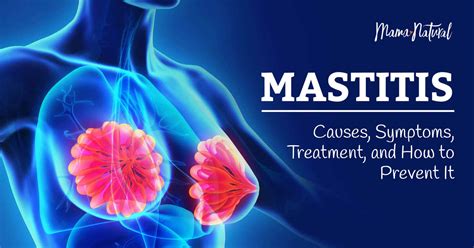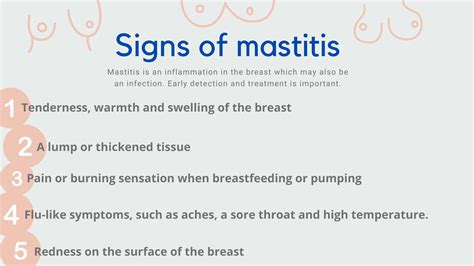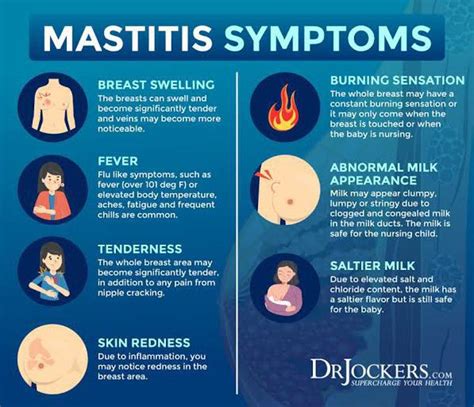Intro
Discover mastitis causes, symptoms, and treatments. Learn about breast infection risk factors, such as breastfeeding, ductal blockage, and bacterial contamination, to prevent mastitis and promote lactation health.
Mastitis is a common condition that affects many individuals, particularly women who are breastfeeding. It is essential to understand the causes of mastitis to prevent and manage the condition effectively. Mastitis is an inflammation of the breast tissue, which can be caused by an infection or other factors. The condition can be painful and may lead to complications if left untreated.
Breastfeeding is a natural and essential process for mothers and their babies. However, it can also increase the risk of developing mastitis. The condition is more common in women who are breastfeeding, especially during the first few weeks after giving birth. Mastitis can cause symptoms such as breast pain, swelling, and redness, which can make breastfeeding challenging.
Understanding the causes of mastitis is crucial for preventing and managing the condition. Several factors can contribute to the development of mastitis, including bacterial infections, poor breastfeeding techniques, and anatomical issues. It is essential to identify the underlying causes of mastitis to provide effective treatment and prevent future occurrences.
Introduction to Mastitis

Types of Mastitis
There are several types of mastitis, including infectious mastitis, non-infectious mastitis, and periductal mastitis. Infectious mastitis is caused by a bacterial infection, while non-infectious mastitis is caused by other factors such as trauma or inflammation. Periductal mastitis is a type of mastitis that affects the ducts under the areola. Understanding the different types of mastitis is essential for providing effective treatment and preventing future occurrences.Causes of Mastitis

Risk Factors for Mastitis
Several risk factors can increase the likelihood of developing mastitis, including breastfeeding, previous history of mastitis, and nipple piercing. Breastfeeding is a significant risk factor for mastitis, particularly during the first few weeks after giving birth. A previous history of mastitis can also increase the risk of developing the condition again. Nipple piercing can increase the risk of developing mastitis by providing a entry point for bacteria. Understanding the risk factors for mastitis is essential for preventing and managing the condition.Symptoms of Mastitis

Diagnosing Mastitis
Mastitis can be diagnosed through a physical examination and medical history. A healthcare provider may perform a breast examination to check for signs of infection or inflammation. A medical history can help identify underlying causes of mastitis, such as breastfeeding or previous history of mastitis. In some cases, a healthcare provider may order imaging tests, such as a mammogram or ultrasound, to confirm the diagnosis.Treatment Options for Mastitis

Preventing Mastitis
Preventing mastitis is crucial for individuals who are at risk of developing the condition. Good breastfeeding techniques, such as frequent feeding and proper latching, can help prevent mastitis. Regular breast examinations can also help identify signs of infection or inflammation early on. Avoiding nipple piercing and taking regular breaks to rest and stretch can also help prevent mastitis.Complications of Mastitis

Managing Mastitis
Managing mastitis requires a comprehensive approach that includes treatment, prevention, and self-care. Working with a healthcare provider can help develop an effective treatment plan for mastitis. Practicing good breastfeeding techniques and taking regular breaks to rest and stretch can help prevent mastitis. Self-care activities, such as applying warm compresses and taking pain relief medications, can help manage symptoms of mastitis.What are the common causes of mastitis?
+Mastitis is commonly caused by bacterial infections, poor breastfeeding techniques, and anatomical issues. Bacterial infections can enter the breast tissue through a crack or sore on the nipple, while poor breastfeeding techniques can increase the risk of developing mastitis. Anatomical issues, such as a blocked duct or nipple piercing, can also contribute to the development of mastitis.
How can I prevent mastitis?
+Preventing mastitis requires good breastfeeding techniques, regular breast examinations, and avoiding nipple piercing. Frequent feeding and proper latching can help prevent mastitis, while regular breast examinations can help identify signs of infection or inflammation early on. Avoiding nipple piercing and taking regular breaks to rest and stretch can also help prevent mastitis.
What are the symptoms of mastitis?
+The symptoms of mastitis include breast pain, swelling, and redness. The affected breast may feel warm or tender to the touch, and there may be a lump or hardness in the breast tissue. Other symptoms of mastitis include fever, chills, and flu-like symptoms. In severe cases, mastitis can cause abscesses or fistulas, which can be painful and may require surgical drainage.
In conclusion, mastitis is a common condition that affects many individuals, particularly women who are breastfeeding. Understanding the causes of mastitis is essential for preventing and managing the condition. By working with a healthcare provider and practicing good breastfeeding techniques, individuals can reduce their risk of developing mastitis. If you have any questions or concerns about mastitis, please do not hesitate to reach out to a healthcare provider. Share this article with your friends and family to help raise awareness about mastitis and its prevention.
